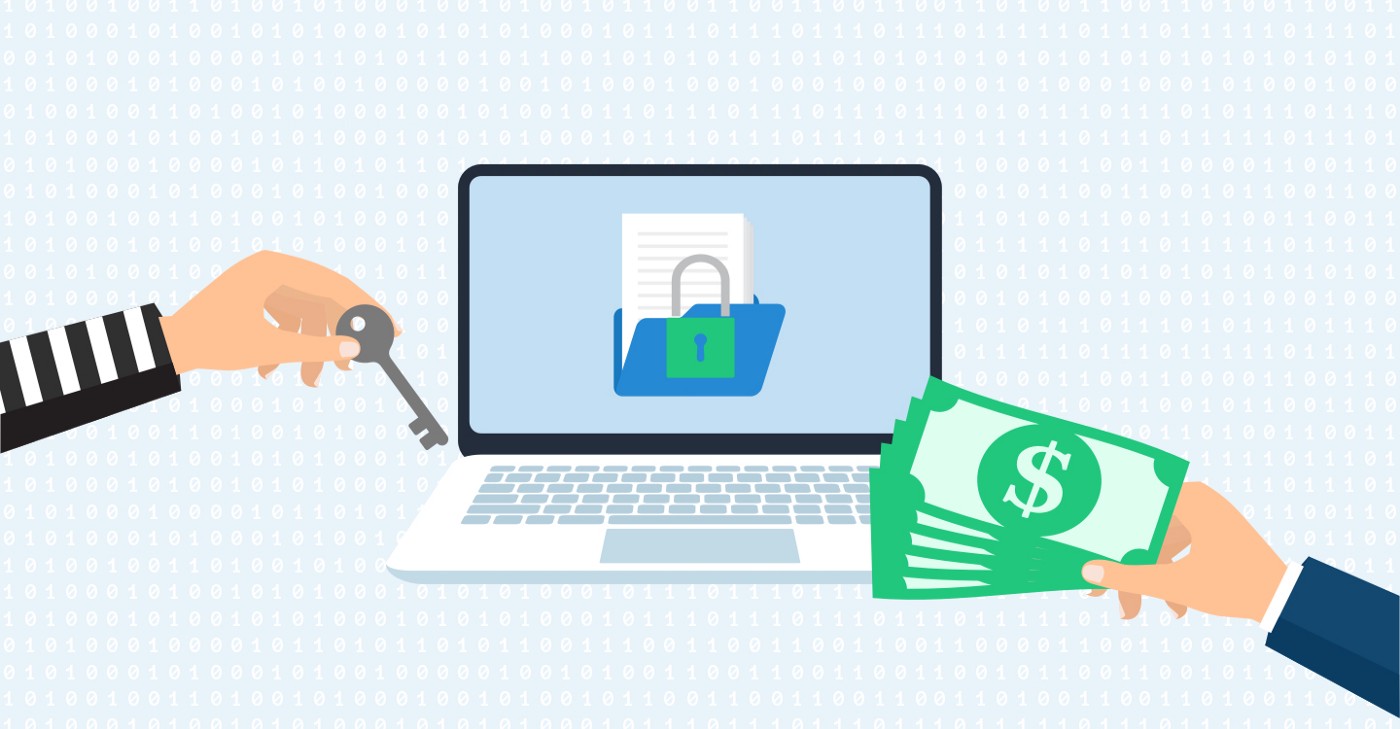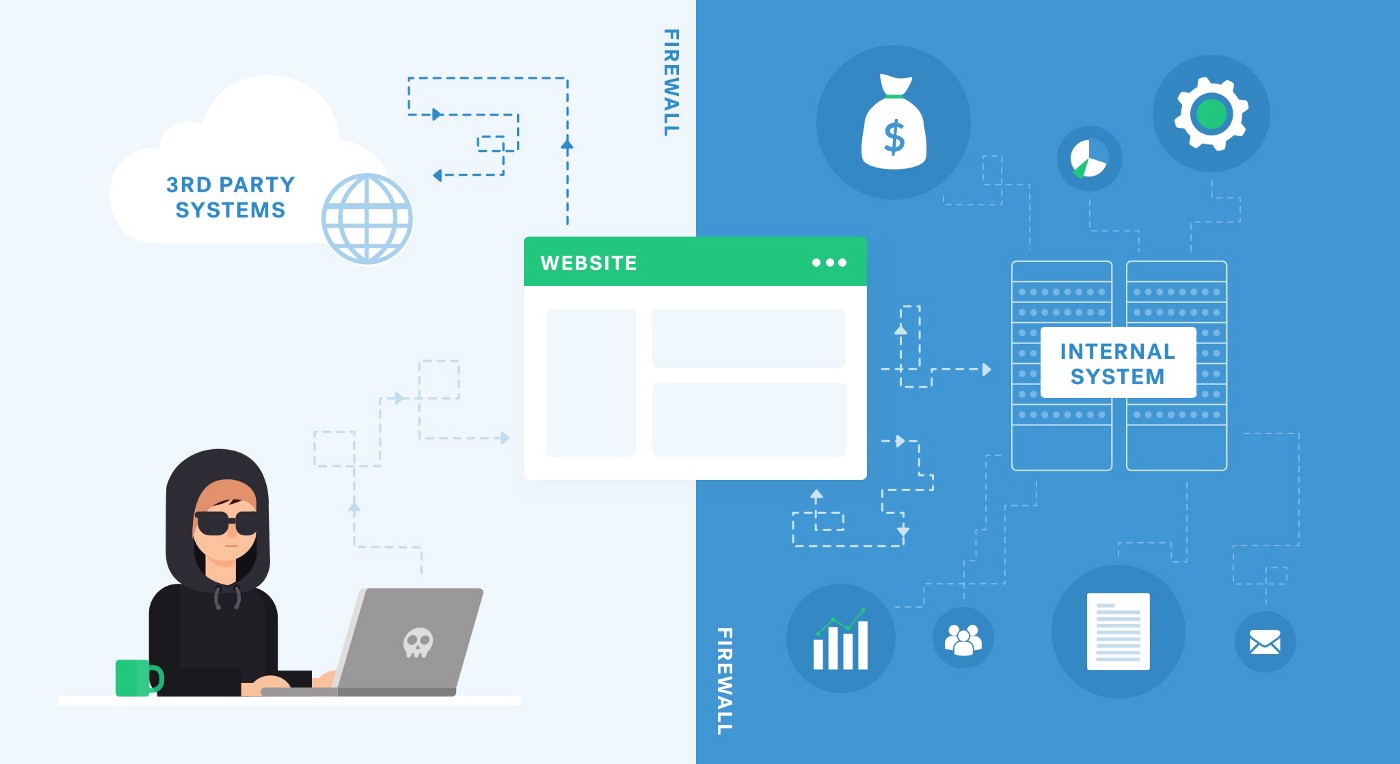Burnout can have 4 to 12 stages. According to Help Guide, there are even red flags that one can look out for. These red flags include thinking every day is a bad day, experiencing a lack of motivation, and even headaches and muscle pain. One thing that is consistent across the board is that everyone is susceptible to it. Another consistent fact is that there’s a strong likelihood that either you or someone you know is experiencing it now more than ever.
Between COVID-19, a major U.S election, fires across the western United States, a beginning hurricane season, and unemployment, there’s more than enough for people to stress about. If you add on work and any other personal events that may be happening, it’s easy to see why burnout can happen across the board for everyone.
What burnout looked like for me
It can be extremely difficult to admit to yourself that you’re burnt out, let alone to your manager or Human Resource department. Speaking from experience, I know that I am so incredibly grateful to have a job right now that I was willing to pile on work and ignore that ever-looming stress. At one point, I started to experience severe panic attacks, which hadn’t happened since I was first diagnosed with a panic disorder three years ago. Despite this, I continued to push through as my mental and physical health got worse and worse.
Looking back now, I can recall this as the exact moment I hit the burnout stage. It was as if my brain was enveloped into a deep fog. It seemed like there was a never-ending pile of things to do for work and nothing was slowing down and I couldn’t get ahead on any projects. I was incredibly stressed out and I refused to admit it to myself. Instead I forced myself to work on days I had originally asked for off, waking up earlier and earlier to force myself to get more work done.
Every time I was asked how I was doing by teammates, instead of admitting the truth, I said “Yeah, I think I’m close to burnout, but I’m not there yet, don’t worry.”
I wish I had realized sooner that I was burned out, and I wish I had opened up to my manager sooner, but I didn’t want to risk sounding ungrateful for my job. Now, more than ever, I realize the importance of recognizing burnout. COVID-19 shutdowns are either continuing or beginning again, weather is getting colder, and there are so many holiday plans that are inevitably going to be cancelled. These will only make burnout, and the feeling of isolation, worse.
I also want to add that since then, I’m doing much better, due to the support of my colleagues, friends, family, and dog.
If you think you’re close to burnout, you’re probably in the middle of a burnout. Common symptoms include:
- Brain fog.
- Wanting to cry every time you book a meeting.
- Telling yourself “it’s fine, I’ll just wake up earlier and skip breakfast.”
- Not being able to do things you enjoy.
- Complete exhaustion.
We can still protect ourselves and our teams from burnout
Having a team that supports and encourages work-life balance is important. Leadership and managers can’t expect their employees to take time off and take care of themselves if they don’t take off time themselves. Most employees will follow the lead of the leadership team.
What team leads can do
Invite people to share their experiences. Creating a team where psychological safety is a priority will make team members feel more comfortable reaching out for help. It’s so important for employees to have a space where they can express their stress without feeling like their job is at risk.
Help them learn to say “no” politely. This is important for employees who are constantly finding themselves overwhelmed with projects, and not feeling as if they can say no. This also ties back in to employees having the support of their managers.
Encourage time off when needed. One normal weekend is not enough recovery time. Most people keep the weekend for personal projects, cleaning, running errands. Recovery time should be focused on things like:
- Catching up on sleep.
- Resetting your eating habits.
- Reevaluating priorities.
- Setting boundaries.
It’s important to track employees’ time off, even if you have flexible paid time off. People functions can then use this information to make sure that employees are taking enough time off to take care of themselves. At Cobalt, one of the ways we’re battling burnout is giving employees days off once a month to take care of themselves.
What everyone can do
Make time for yourself. I’ve started blocking time in my calendar for things that I know help improve my mental health. This includes an hour in the morning to take my dog on a hike on a trail near our house, and an hour on Thursdays for me to focus on painting, which has been my new COVID hobby.
Burnout is real. If you don’t take care of yourself, you won’t be able to help yourself, your family, or your colleagues. Once you start to recognize the signs of burnout, really make an effort to reset your habits and your schedule.
As someone in People Operations, I appreciate the valuable lesson that my own mistake dealing with burnout taught me. This causes me to be more aware of our employees, and more empathetic to them. I know myself and my team believe that the people in our organization are the most important aspect — and they need to care for themselves. It’s our jobs as People teams, managers, and leaders to make sure they’re getting the help and support that they need.
COVID winter edition will be really tough and I encourage leadership and people operations to talk to their teams about mental health, be honest and transparent when it comes to taking time off, and most of all, check in with their teams regularly.









